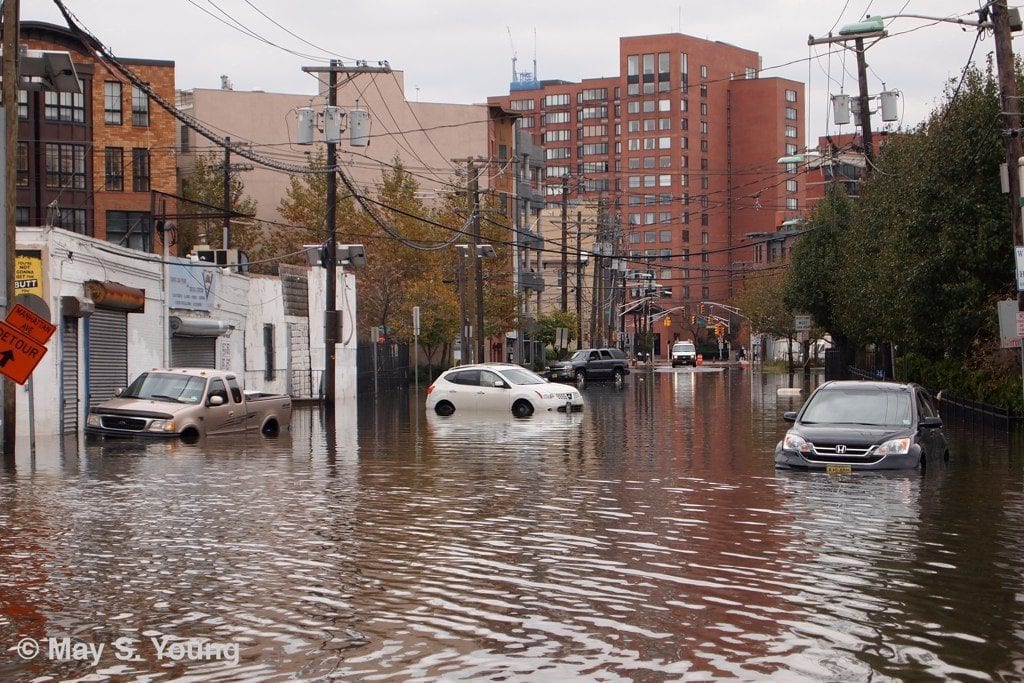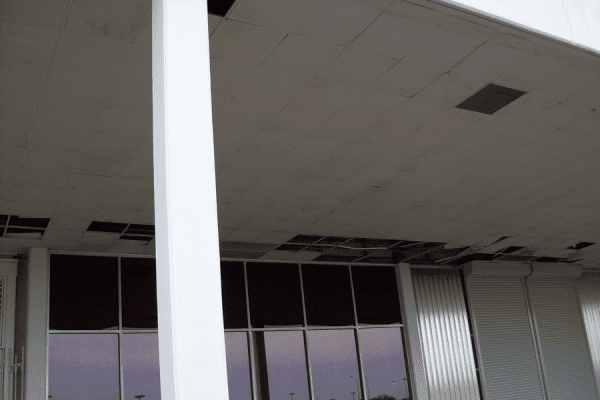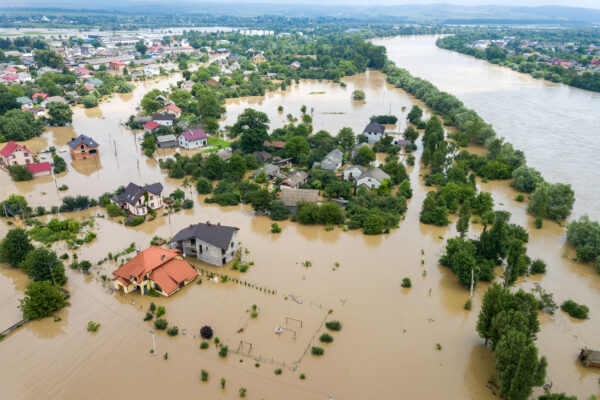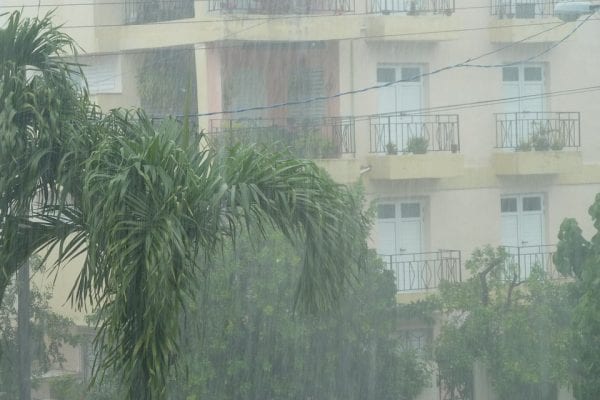Everyone knows a hurricane can be dangerous. What many people don’t think about are the dangers that remain after the hurricane has passed. Several environmental hazards, triggered by the hurricane, can hang around to plague occupants afterward, and are responsible for more health problems each year than the hurricanes themselves.
Left unmitigated, these hazards put businesses at risk, and the business most at risk is the one that was supposed to clean up the problem: the catastrophe response team. If your team isn’t addressing these environmental hazards quickly, effectively, and in compliance with regulations, you could be in big trouble.
The two most often overlooked post-hurricane environmental hazards are mold and asbestos. Here’s how they could cause a problem, and what to do about them.
Mold starts growing 48 hours after damage occurs
Water damage is the leading cause of property damage after a hurricane, and where there is water, there is likely to be mold. Toxic and allergenic molds begin growth within 48 hours of moisture damage, and they spread rapidly.
Left unchecked, mold can increase the cost of remediation by several orders of magnitude, and the longer the problem goes on, the worse it gets. When handled inexpertly, it can cause health problems for workers as well as occupants, greatly increasing your liability.
To get a handle on mold, four key steps must be taken:
- Control the moisture. Mold spores are ubiquitous in the environment, and require only a food source and water in order to grow. The food source is already there: Drywall, building materials, and organic material build-up. Add water, and the mold will quickly colonize. You must move quickly to dry out materials as rapidly as possible, keeping in mind that moisture content is impossible to judge with only a visual check.
- Identify and locate mold growth. Mold may begin anywhere that water is present, so it’s important to inspect all affected areas for signs of growth, including behind walls and in hard-to-reach areas, and anywhere that moisture might have crept.
- Protect workers. OSHA requires specific safety measures be afforded to workers who may encounter mold in the course of their job.
- Remediate the mold according to regulations. Federal, state, and local authorities may require specific measures that must be taken when mold is encountered.
All of these measures must be taken in order to protect occupants, property owners, and you, the contractor responsible for clean-up. If you have a licensed environmental consultant on your team, you may be able to handle all of this in-house. In other cases, you’ll want to contract with an experienced environmental remediation professional.
Asbestos can be activated by the force of the hurricane… and your remediation efforts
Any time building materials are disturbed, there’s the potential that those materials may contain asbestos. When disturbed, they can release deadly asbestos fibers. This can happen either due to direct damage from the hurricane, or during restoration, demolition or renovation projects in the wake of the hurricane.
Despite common misconceptions, asbestos is present in many modern building materials, not just in old buildings. When inhaled, asbestos dust can cause lung damage and cancer.
To prevent health hazards from asbestos in the wake of a hurricane, three steps must be taken:
- Assess the risk. Locate disturbed materials and determine if they contain asbestos. When potential materials are located, test for the presence of asbestos.
- Protect workers. When asbestos is identified, make sure your teams are given the OSHA-mandated protection.
- Mitigate the problem. Federal, state, and local regulations dictate the measures you must take to remediate asbestos without causing additional contamination.
Again, you, as the contractor, are responsible for ensuring that these measures are taken. If you don’t already have a qualified environmental consultant on your staff, it pays to partner with an experienced firm who can assess the situation and mitigate it both legally and safely.






